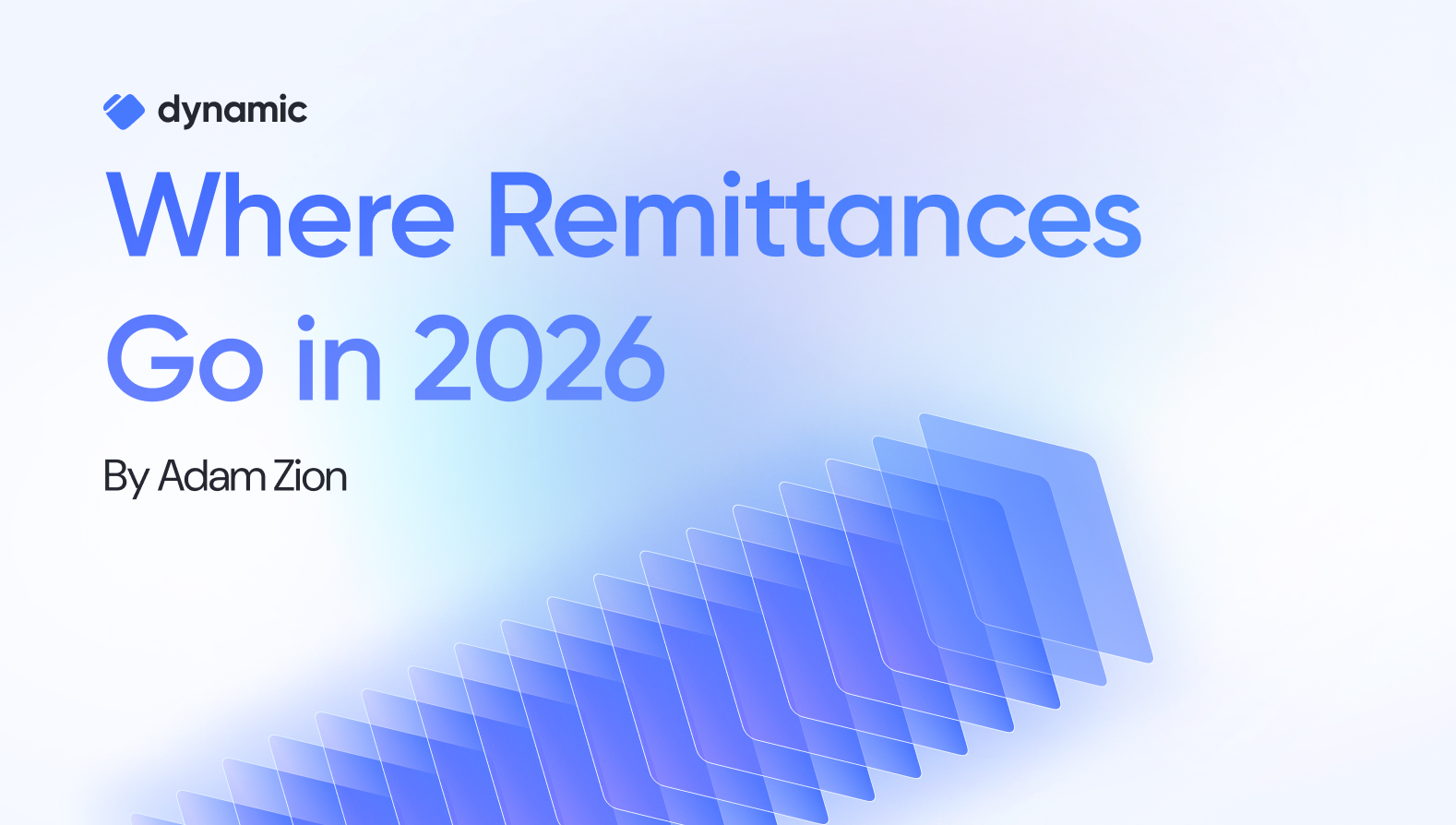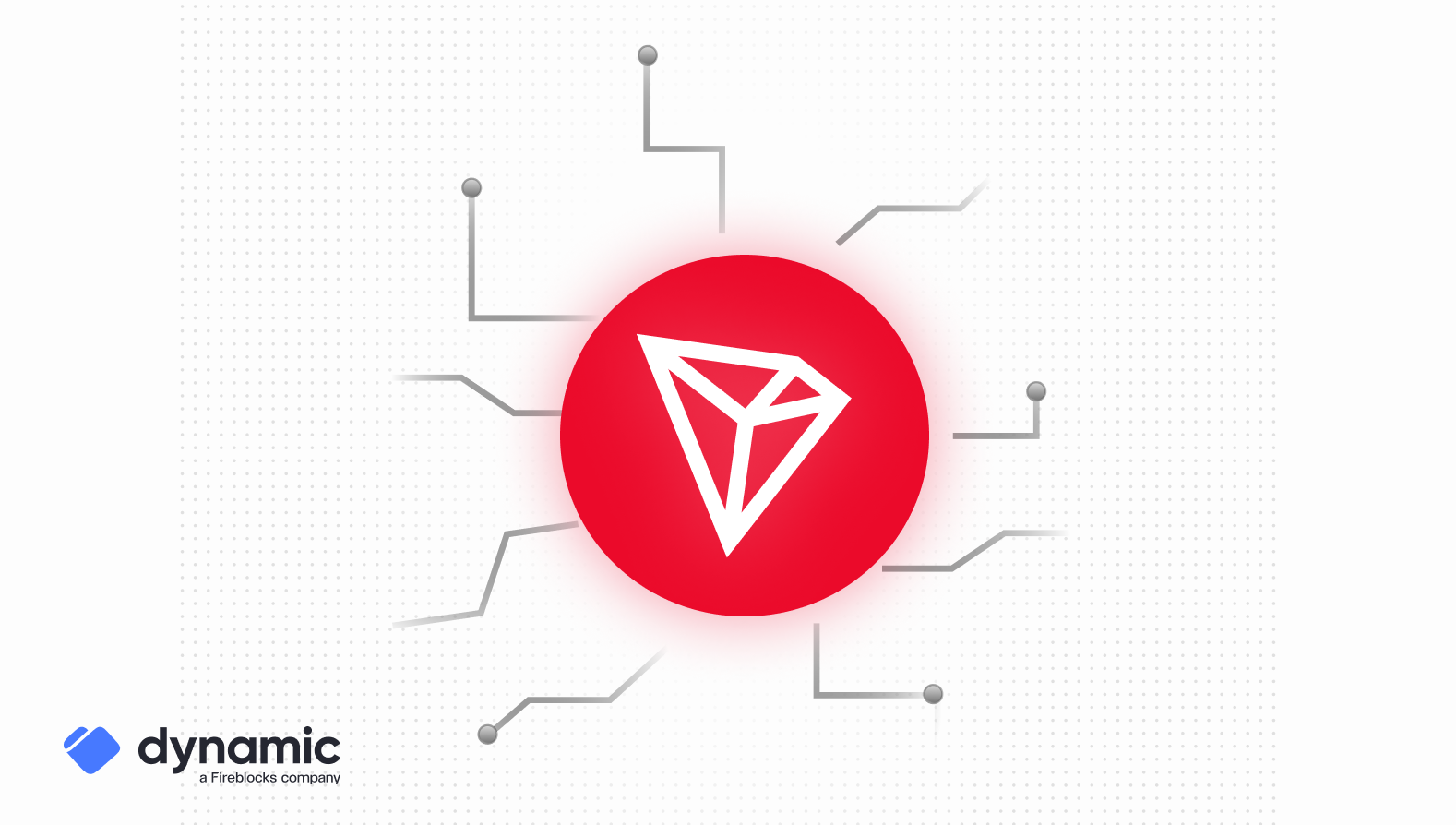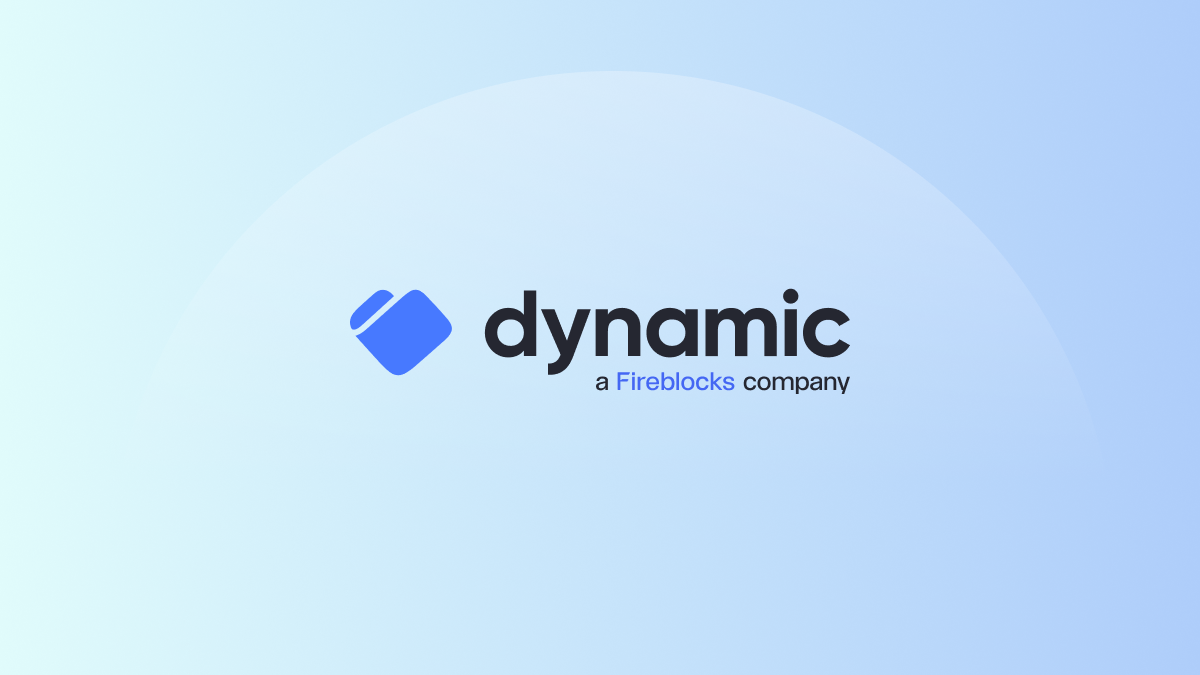MPC Wallets Without Seed Phrases: How Fintech Apps Secure Customer Wallets


TSS-MPC embedded wallets feel like any modern app login while quietly delivering distributed security behind the scenes. This winning combination pairs threshold signing with passkeys, advanced MFA, and clear recovery options. With TSS-MPC, a full private key never exists, removing single points of failure.
The Basics of MPC (Multi-Party Computation)
At its core, multi-party computation (MPC) replaces a full private key with shares held by different parties or devices. As a result, a transaction is only authorized when a t-of-n threshold of shares participates. The operational benefits of this approach are substantial, including:
- Share distribution: Common splits include 2-of-3 or 3-of-5 for higher assurance. One share typically lives on the user’s device; at least one stays with your service or a trusted infra provider; and an optional “recovery” share can be encrypted and escrowed.
- Rotation and refresh: MPC supports share rotation (replace one share without changing the public address) and periodic key refresh (re-randomize shares) to limit long-lived compromise.
- Operational posture: MPC allows for granular control and isolation of each share, effectively treating them as individual capabilities. This enables you to log usage, gate server-side participation behind policy checks and rate limits, and isolate processes to minimize the impact of a potential breach.
A Familiar But Secure Wallet-Based Account Experience
A seed phrase is a non-starter for mainstream users. The MPC stack gives you safer defaults with better onboarding. Instead of relying on a seed phrase, you can create a secure and user-friendly experience with these methods:
- Social logins, SMS, and email: Let users sign in with familiar login credentials to create an abstracted crypto experience that feels like a traditional account.
- Passkeys: Passkeys help add an extra layer of security for unlocking the local share, alongside various other MFA options.
- Trusted Execution Environments (TEEs): While using TEEs alone can open your users up to vulnerabilities, when paired with MPC this concern is removed. Even if the TEE itself is compromised, only a single share and not a full private key will be at risk.
- Options for account recovery: With MPC, your users can easily recover their account if they lose their login credentials or access to their device.
The Best of Both Worlds: Security and Performance
It’s not just about the gold standard of security. TSS-MPC also delivers sub-second signing and smooth transactions: https://www.dynamic.xyz/blog/the-evolution-of-mpc This is a critical distinction, as traditional security measures can often introduce latency and friction into transactions. In contrast, TSS-MPC delivers sub-second signing, which is essential for today’s fast-paced digital environment.
This focus on speed is what transforms MPC from a niche security tool into a foundational technology for scalable digital infrastructure. The ability to perform complex cryptographic functions with minimal delay means that businesses no longer have to choose between robust security and operational efficiency. Instead, they can have both, enabling applications to run at a high velocity without compromising the integrity of the underlying data or transactions.
Beyond Security: Our Fraud Protection Toolset
Our fraud protection toolset is designed to secure your platform at every level. These features provide foundational defense, including advanced invisible CAPTCHA to silently deter bots and robust session management tools for instant revocation of unauthorized sessions. We also offer custom blocking tools to filter high-risk email domains and prevent fraudulent duplicate accounts.
For crypto-specific threats, we provide transaction simulation for clear insights before a transaction is confirmed and the ability to block known malicious wallet addresses. Finally, we enhance your platform's security with advanced features like Rate Limiting and a Web Application Firewall (WAF) to defend against bot attacks and malicious HTTP traffic.
We integrate with Cloudflare for protection against DDoS attacks and use multi-factor authentication (MFA) and access restrictions to block traffic from high-risk regions and suspicious IPs, including those from OFAC-restricted countries.
Share this article




